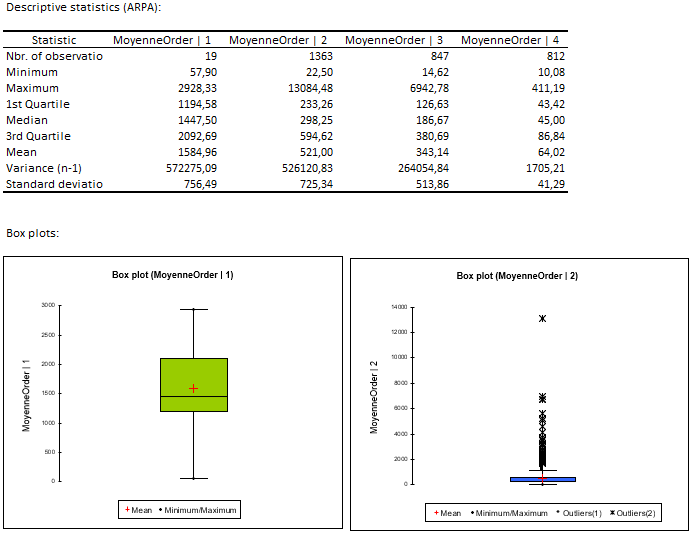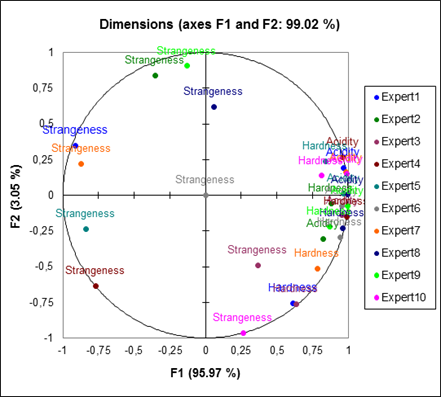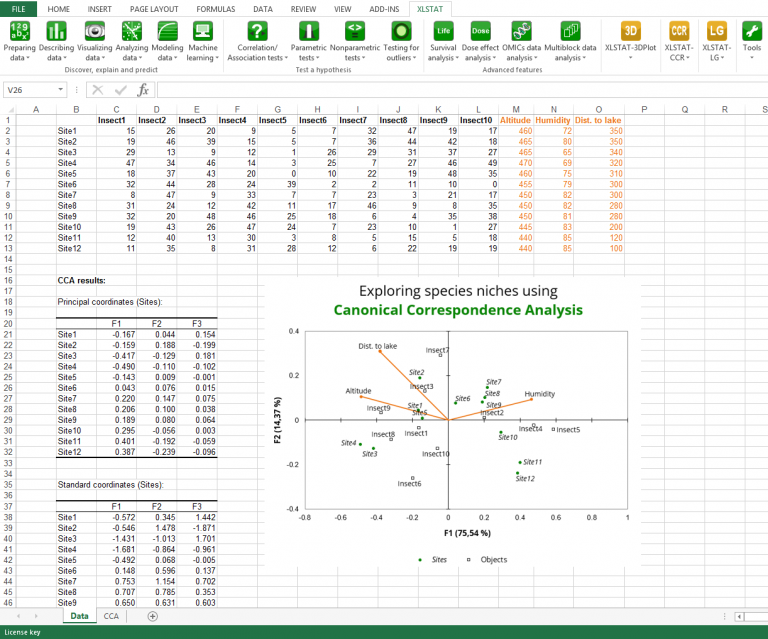

- Rainbow test linearity xlstat install#
- Rainbow test linearity xlstat generator#
- Rainbow test linearity xlstat code#
This means that the prediction error doesn’t change significantly over the range of prediction of the model.


The relationship between the independent and dependent variable must be linear. The observations are roughly bell-shaped (more observations in the middle of the distribution, fewer on the tails), so we can proceed with the linear regression. To check whether the dependent variable follows a normal distribution, use the hist() function. multiple observations of the same test subject), then do not proceed with a simple linear regression! Use a structured model, like a linear mixed-effects model, instead. If you know that you have autocorrelation within variables (i.e.
Rainbow test linearity xlstat code#
This tells us the minimum, median, mean, and maximum values of the independent variable (income) and dependent variable (happiness):Īgain, because the variables are quantitative, running the code produces a numeric summary of the data for the independent variables (smoking and biking) and the dependent variable (heart disease): Simple regression summary(income.data)īecause both our variables are quantitative, when we run this function we see a table in our console with a numeric summary of the data. Click on the Import button and the file should appear in your Environment tab on the upper right side of the RStudio screen.Īfter you’ve loaded the data, check that it has been read in correctly using summary().In the Data Frame window, you should see an X (index) column and columns listing the data for each of the variables ( income and happiness or biking, smoking, and heart.disease).Choose the data file you have downloaded ( income.data or heart.data), and an Import Dataset window pops up.In RStudio, go to File > Import dataset > From Text (base).Library(ggpubr) Step 1: Load the data into Rįollow these four steps for each dataset: Next, load the packages into your R environment by running this code (you need to do this every time you restart R): library(ggplot2)
Rainbow test linearity xlstat install#
To install the packages you need for the analysis, run this code (you only need to do this once): install.packages("ggplot2") To run the code, highlight the lines you want to run and click on the Run button on the top right of the text editor (or press ctrl + enter on the keyboard). Then open RStudio and click on File > New File > R Script.Īs we go through each step, you can copy and paste the code from the text boxes directly into your script.

In this step-by-step guide, we will walk you through linear regression in R using two sample datasets.
Rainbow test linearity xlstat generator#
APA Citation Generator A step-by-step guide to linear regression in R


 0 kommentar(er)
0 kommentar(er)
